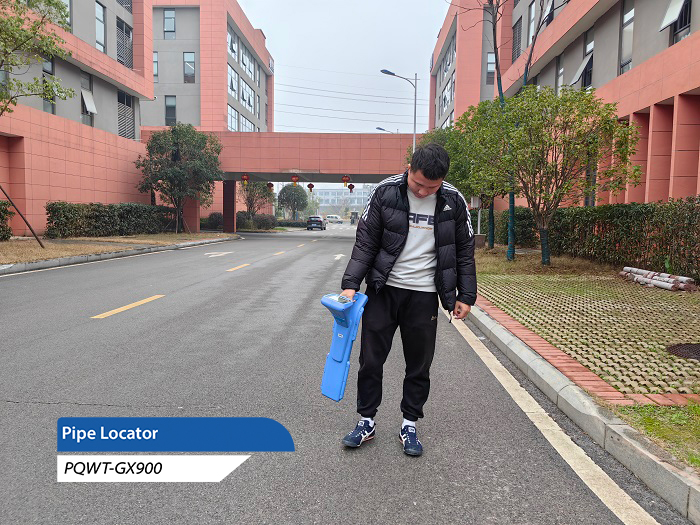Underground pipeline detectors play a vital role in urban infrastructure. They are the "blood vessels" and "nerves" of the city, ensuring the smooth flow of resources such as water, electricity, gas and communications. But at the same time, these pipelines are widely distributed and varied, making the detection work a very challenging task.

1、Water supply and drainage pipelines
Water supply and drainage pipelines are one of the most basic facilities in the city. For metal water supply and drainage pipelines, the induction method and the direct connection method of underground pipeline detector are usually used for localization. These methods can effectively capture the pipeline signals and help us to determine its location and depth. As for non-metallic pipelines, such as PVC pipes, due to their material properties, they cannot be directly located by the induction method of underground pipeline detector. At this time, geo-radar becomes a powerful tool, which can accurately detect the position and depth of pipelines by sending electromagnetic waves underground and receiving the reflected signals back.
3、Communication pipeline
Communication pipeline is the information transmission hub of the city. For communication pipelines with small diameters, the clamp method is an ideal choice. This method utilizes a special direct-connection method clamp to hold the outside of the pipeline, and transmits signals through the instrument to locate the pipeline. For larger diameter communication pipelines, the underground pipeline detector direct connection method is a more appropriate choice.
4, electric power lines
Power pipeline detection method is relatively simple. As power lines usually with a certain charge, so the use of underground pipe detectors clip induction method can quickly and accurately locate the position of power lines. This method is not only high precision detection, but also very convenient in practice.
5、Gas pipeline
Gas pipeline is an important energy supply pipeline in the city. For gas pipelines made of metal, the induction method is a good choice. For non-metallic pipelines, due to the strong absorption of electromagnetic wave by its material, the common induction method may not be able to obtain accurate signals. At this time, using geological radar or pipe finder for detection is a more reliable method.
6、Heat pipeline
Heat pipeline is an important part of urban heating system. Since the heat pipe line usually adopts steel pipe material, its detection signal is relatively strong. In practice, we can choose the direct method, induction method or clamp method for positioning according to the material and diameter of the pipeline.
7、Industrial pipelines
There are many kinds of industrial pipelines, including oil, acid, alkali and other types of industrial raw materials transportation pipeline. For metal industrial pipelines, the induction method is a good choice; for non-metallic pipelines, such as concrete pipelines, etc., you need to use geo-radar for detection.
To summarize, underground pipeline detection needs to choose appropriate detection methods according to different categories of pipelines. In practice, we need to consider the physical properties of the target pipeline, the site environment and application conditions and other factors, so as to choose the most suitable detection method. This can not only improve the work efficiency, but also ensure the accuracy of the detection results.








